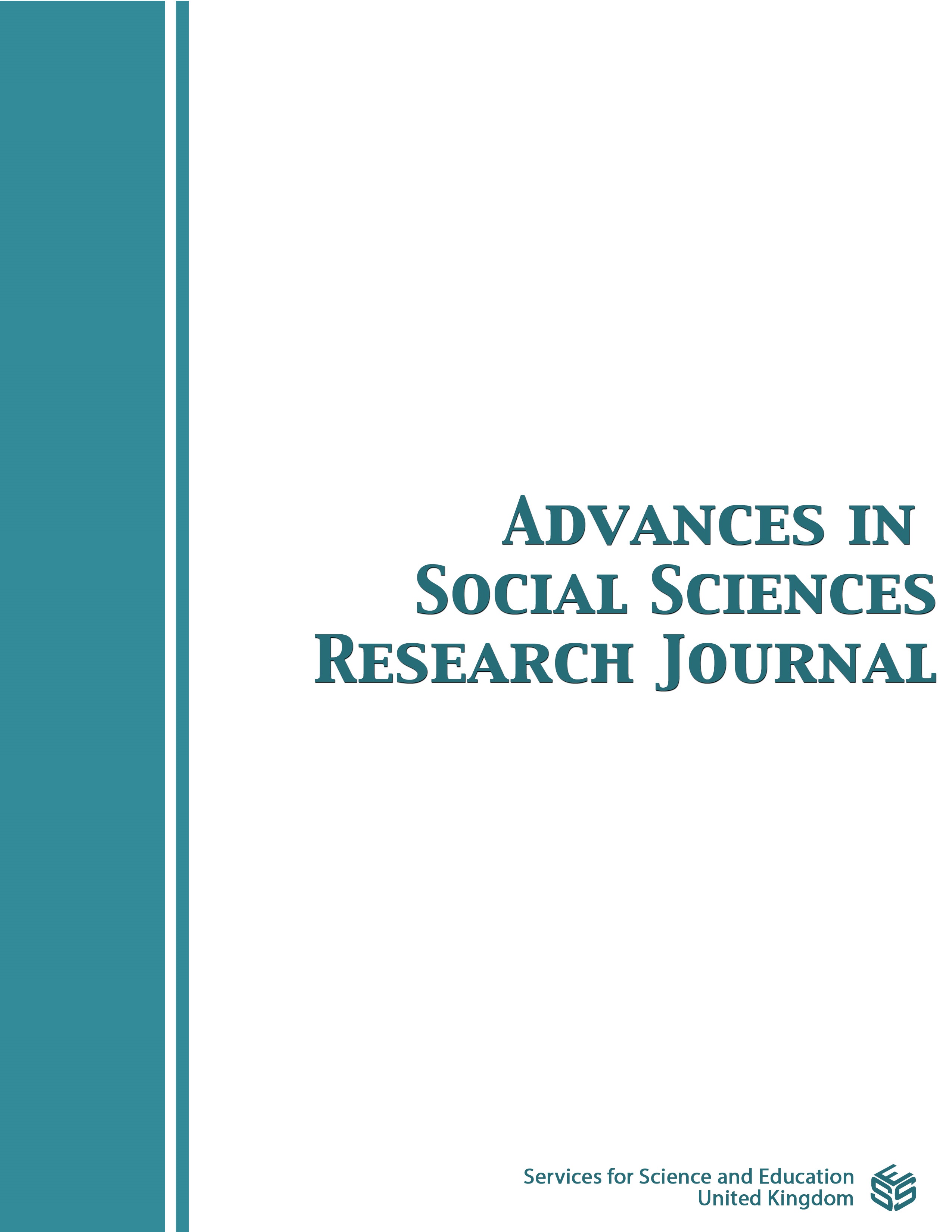Racial Differences in Auditory Hallucination Content and Attitudes: An Advancement in Cultural Psychiatry and Clinical Application of Social Determinants of Health
DOI:
https://doi.org/10.14738/assrj.1010.15743Abstract
Background: Minimal prior literature compares the hallucinatory experiences of individuals from different racial backgrounds living within the same geographic area. Understanding differences of hallucinatory content and attitudes is essential to tailoring clinical advice for patients. We aim to investigate the differences in hallucinatory content and attitudes toward hallucinations for individuals of different races receiving care from the same academic institution. Methods: Cross-sectional study using an institutional database, randomly selected patient charts from 2008-2020. Inclusion criteria: age 10+ years, primary psychotic disorder, known race, documented auditory hallucination content. Excluded patients with hallucinations of non-psychiatric origin. Racial cohorts White, Black, Hispanic, and Asian each had n=50. Due to database limitations, Native American/Alaska Natives had n=8, Native Hawaiian/Pacific Islander had n=7. Hallucination content and perception of symptoms (positive or negative) compared between cohorts using chi-square test of independence and multinomial regression. Findings: Blacks had the most hallucinations of violence, including police violence, and racism. Native Hawaiian/Pacific Islanders were most likely to have hallucinations of nature and medical violence. Hispanics had the most religious hallucinations. Asians had more derogatory hallucinations. Whites had more hallucinations of government violence. Native Hawaiians/Pacific Islanders were most likely to have a positive attitude towards hallucinations (positive:negative 3:4). Whites were least likely (positive:negative 1:11). Interpretation: Patients from different racial backgrounds in one geographic area experience auditory hallucinations differently. Appreciating these differences may improve trauma-informed care and cultural humility.
Downloads
Published
How to Cite
Issue
Section
License
Copyright (c) 2023 Emily Phu Thomas-Tran, Jane Thomas-Tran, Ivy Phu Tran, Rona J. Hu

This work is licensed under a Creative Commons Attribution 4.0 International License.
Authors wishing to include figures, tables, or text passages that have already been published elsewhere are required to obtain permission from the copyright owner(s) for both the print and online format and to include evidence that such permission has been granted when submitting their papers. Any material received without such evidence will be assumed to originate from the authors.






